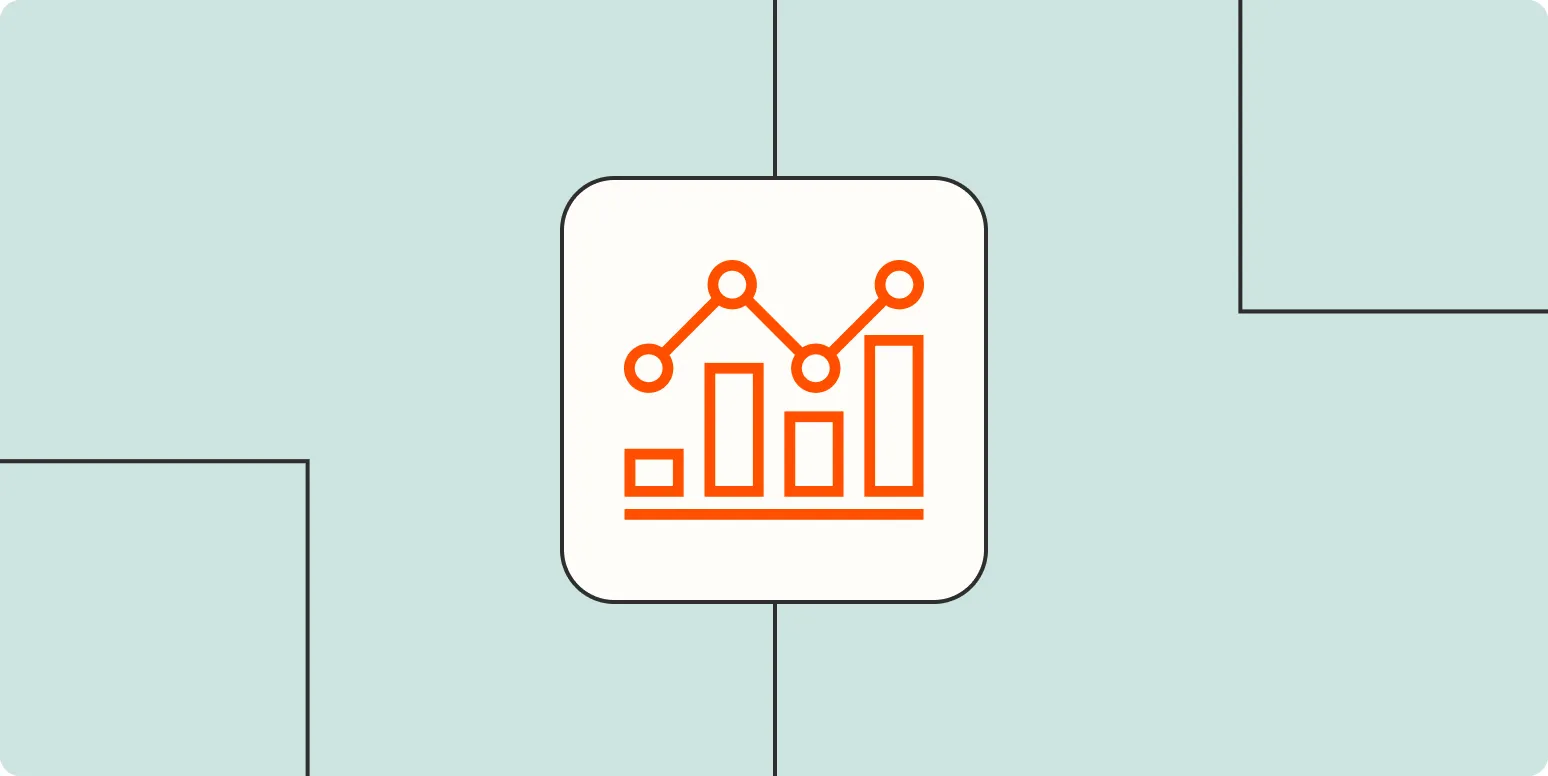Data analysis is a systematic process of inspecting, cleaning, transforming, and modeling data to discover useful information, inform conclusions, and support decision-making. In today’s data-driven world, the ability to analyze data effectively can provide businesses with a competitive advantage. Understanding the basics of data analysis is crucial for anyone looking to leverage data for better outcomes. Below, we explore examples of data analysis and provide guidance on how to get started.
Examples of Data Analysis
Data analysis can manifest in several forms, each serving different purposes. Here are a few examples to illustrate:
1. Descriptive Analysis
This form of analysis summarizes past data to understand what has happened. For instance, a company might analyze sales data from the previous year to identify trends in consumer behavior, seasonal peaks, and product performance. Typical tools used for descriptive analysis include spreadsheets and visualization software.
2. Diagnostic Analysis
Diagnostic analysis goes a step further by exploring the reasons behind past outcomes. For example, if a retail store experiences a drop in sales, diagnostic analysis might involve examining marketing efforts, customer feedback, and competitor actions to unearth the reasons for this decline.
3. Predictive Analysis
This type of analysis uses historical data to predict future outcomes. Businesses often use predictive modeling techniques to forecast sales, customer behavior, and market trends. Machine learning algorithms and statistical models are commonly employed in this analysis.
4. Prescriptive Analysis
Prescriptive analysis recommends actions based on predictive outcomes. For example, if predictive analysis indicates that sales will likely drop during a specific quarter, prescriptive analysis could suggest marketing strategies and inventory adjustments to mitigate this decline. Tools for prescriptive analysis often include advanced analytics software and optimization techniques.
How to Get Started with Data Analysis
Getting started with data analysis can seem daunting, but breaking it down into manageable steps can make the process more approachable. Here’s a practical guide to help you begin your data analysis journey:
1. Define Your Goals
Before diving into data analysis, it’s essential to clarify your objectives. What questions are you trying to answer? Are you looking to improve sales, enhance customer satisfaction, or streamline operations? Clear goals will guide your analysis and keep you focused.
2. Collect Relevant Data
Data can be collected from various sources, including internal databases, surveys, online analytics tools, or third-party data providers. Ensure the data you collect is relevant to your goals. Utilizing structured data formats, such as tables, can facilitate easier analysis.
3. Clean Your Data
Data cleaning is crucial for accurate analysis. This process involves identifying and correcting errors, removing duplicates, and handling missing values. Clean data ensures that your analysis is reliable and valid.
4. Choose Your Tools
There are numerous tools available for data analysis, ranging from simple spreadsheet applications to complex analytics software. Popular tools include Microsoft Excel, Google Analytics, Tableau, and R for statistical analysis. Choose a tool that aligns with your skill level and analysis requirements.
5. Analyze and Interpret Data
Begin your analysis by applying appropriate methods based on your goals. Whether it’s creating visualizations, running statistical tests, or developing predictive models, ensure you interpret the results correctly. Look for patterns and insights that can inform your decisions.
6. Visualize Your Findings
Data visualization is a powerful way to communicate your findings. Using charts, graphs, and tables can help present your data clearly and compellingly. Tools like Tableau and Power BI can assist in creating stunning visual representations of your analysis.
7. Make Informed Decisions
Finally, use the insights gained from your data analysis to make informed decisions. Whether it’s adjusting marketing strategies, optimizing operations, or enhancing product offerings, data-driven decisions can significantly impact your business success.
Conclusion
Data analysis is an essential skill in today’s business landscape. By understanding its various forms, such as descriptive, diagnostic, predictive, and prescriptive analysis, you can gain valuable insights that drive decision-making. Whether you are a novice or looking to enhance your existing skills, following the steps outlined above will help you get started on your data analysis journey. Embrace the power of data and unlock the potential it holds for your organization.





